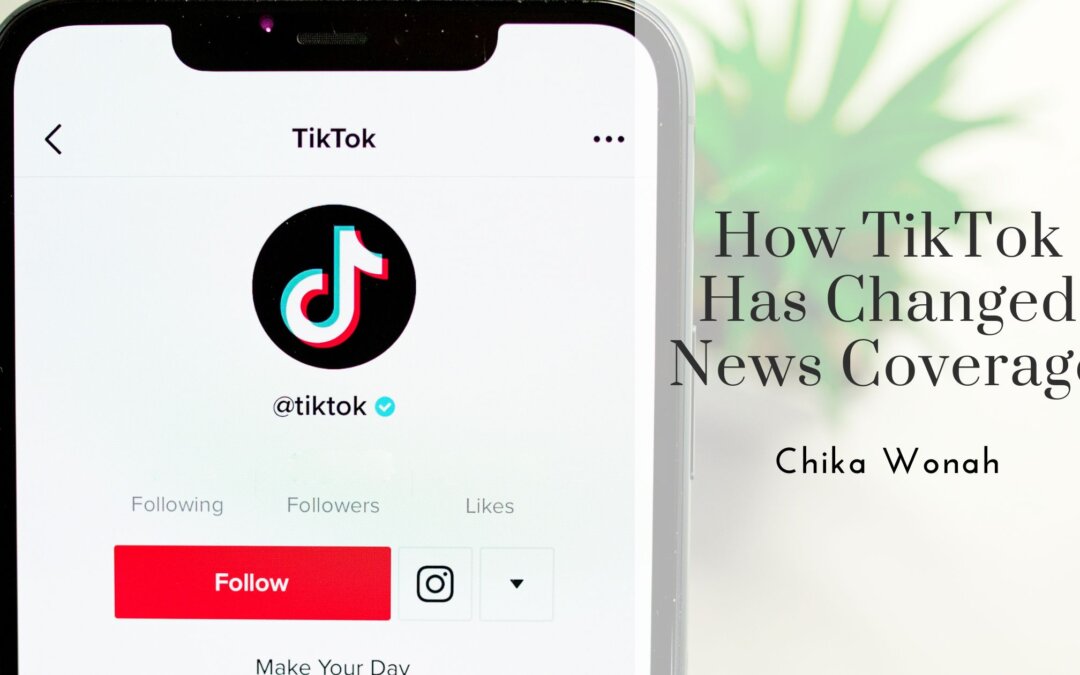In an era where information travels at the speed of light, platforms like TikTok have brought about seismic shifts in how we consume news. Initially designed for bite-sized entertainment, TikTok quickly became a news dissemination and consumption powerhouse.
Democratization of News Creation
In the traditional model of news dissemination, media conglomerates held a significant influence. TikTok, with its user-centric approach, has democratized news creation. Now, anyone with a smartphone can capture and share a newsworthy event. This means that ordinary citizens can break news from remote corners of the globe, challenging mainstream media’s long-held dominance.
Acceleration of News Cycle
The essence of TikTok lies in its brevity. The platform favors quick, easily digestible content. As a result, news on TikTok is often condensed, making it faster to produce and consume. This acceleration aligns with the declining attention spans of digital natives and has led to a rapid news turnover rate, putting pressure on other media to keep up.
The Rise of Infotainment
While TikTok’s primary draw is entertainment, many creators have mastered blending information with joy, or “infotainment.” Complex issues, from climate change to political events, are presented in a digestible, often humorous manner. While this can help spread awareness, it also poses challenges in ensuring the depth and accuracy of information.
Niche News Communities
TikTok’s algorithm is notorious for its accuracy in tailoring content to user preferences. This has led to niche news communities where users are consistently fed content of a specific genre, technology, environmental issues, or social justice. While this ensures high user engagement, it also risks creating echo chambers where dissenting or alternative viewpoints are stifled.
Verification Challenges
One of the side effects of democratized news creation is the challenge of verifying authenticity. With millions of users sharing ‘news,’ the line between factual reporting and misinformation can often blur. TikTok and other platforms grapple with this challenge, but it has undeniably changed how journalists approach source verification.
Engagement Over Objectivity
To have content go viral on TikTok, content needs to engage. This often means news is presented with a bias – intentional or subconscious. Emotional storytelling, personal anecdotes, and strong viewpoints can overshadow objective reporting. While this isn’t a phenomenon exclusive to TikTok, the platform’s nature amplifies it.
Bridging the Generational Gap
Interestingly, while TikTok is predominantly associated with Gen Z, it has played a pivotal role in bridging the generational news gap. Int intrigued by the platform’s influence, older generations have begun to engage, leading to a more diverse age demographic consuming news in this format. This cross-pollination of age groups has the potential to foster greater understanding and discussion across different age cohorts.
TikTok’s influence on news coverage is undeniable. While it presents many opportunities for democratized reporting and engaging content delivery, it challenges verification, objectivity, and the risk of creating insulated echo chambers. As with all technological advancements, a balanced approach, aware of its strengths and pitfalls, will be crucial for the future of news in the age of TikTok.

